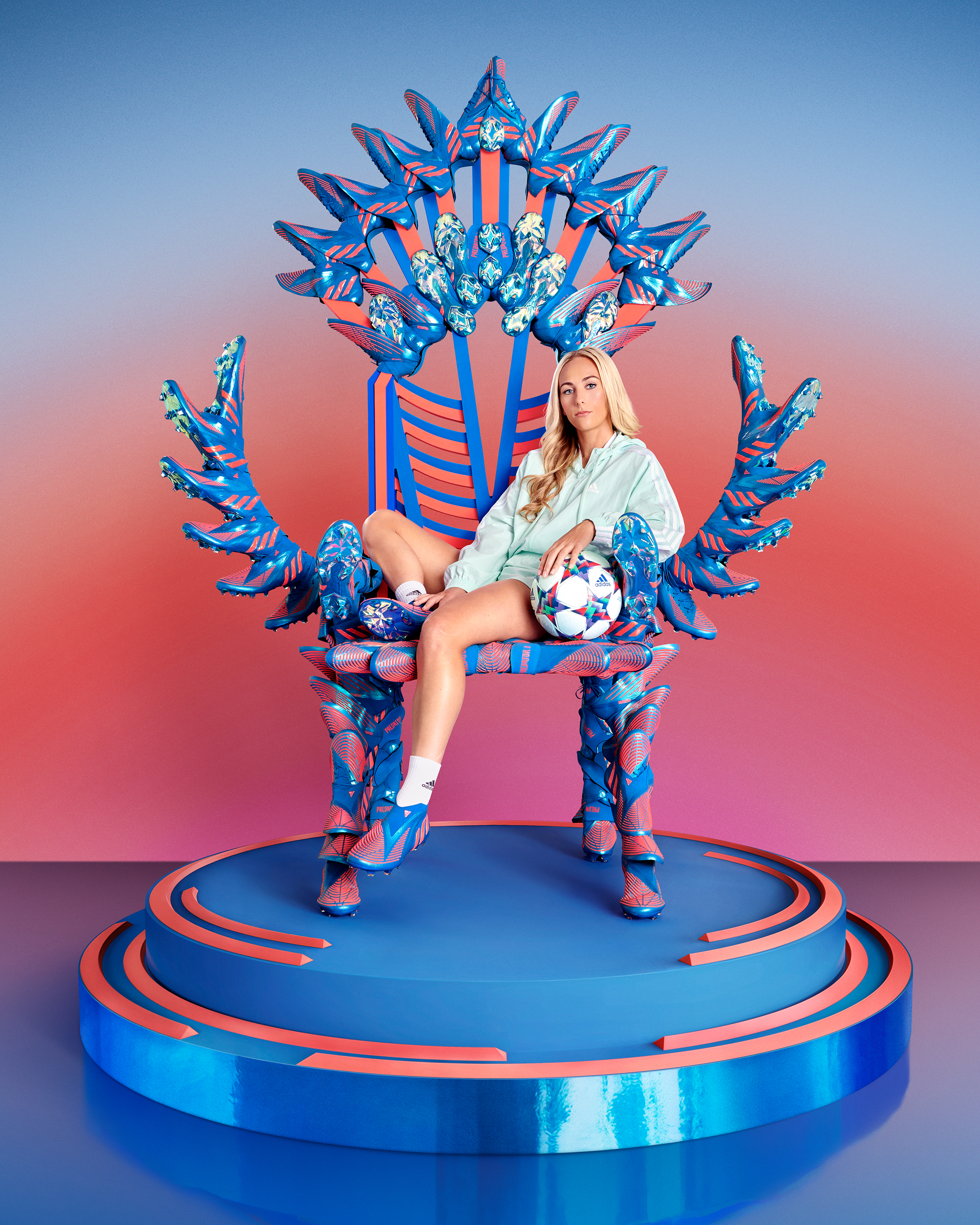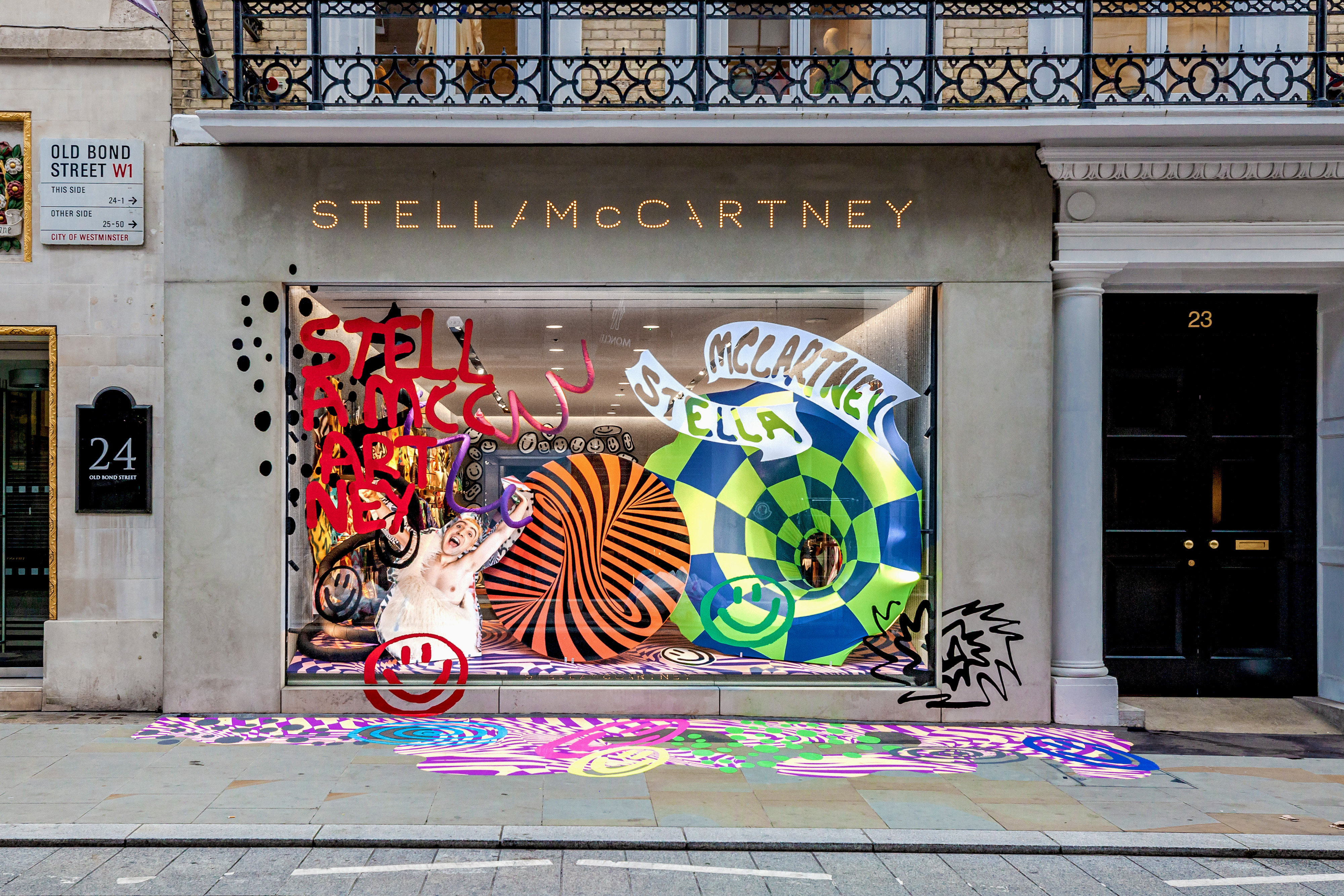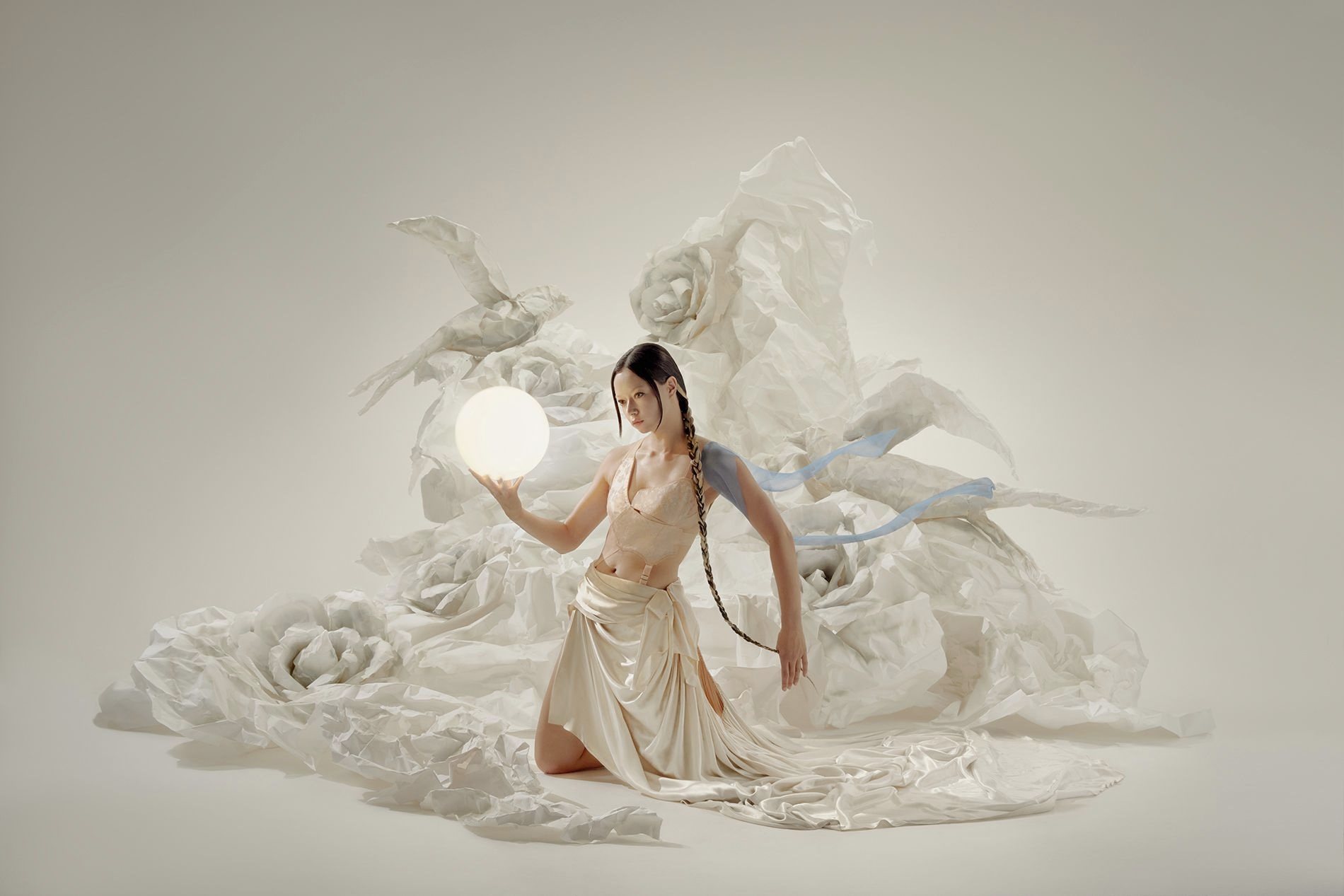Behind the Image is an ongoing MODELS.com series taking a more personal look at both established and emerging creative talent.

Lydia Chan | Image courtesy of New School
Lydia Chan, Set Designer
Hometown: Richmond Hill, Ontario
Based: London, UK
Representation: New School
How would you describe your work? What’s your trademark?
Spatial design is storytelling. The objects you collect and the marks you make in your life tell the story of who you are as a person. The interaction between an inhabitant and a space is a conversation. The story of living creates the marks on a space, but how the space is sculpted can affect your mood and behavior. It’s the story of that interaction that I’m most interested in. This philosophy of space drives my work as a spatial designer. My work is emotive and narrative-driven. Whether it’s illustration, sculpture, furniture design, or spatial design, it’s essential that my work communicates a narrative or elicits a mood. My practice is also deeply handmade. The process of making often helps shape the final result. It is somewhere between curation and chaos that I find beauty.
What led you specifically into the world of set design?
I didn’t set out to be a set designer. I was in university, and I was interested in making things. I discovered the work of Gary Card, and I’ll forever feel that it resonates with me. I started working with him, and I found the world of set design through him. It was the scale of visual expression that captivated me. I’ve always been drawn to being completely enveloped and overwhelmed by a visual experience. Nothing feels as immersive as a visual experience that surrounds you, where the only escape is to close your eyes.
What other jobs have you had?
I’ve worked at Starbucks and H&M, so I can tell you that Grande has the most caffeine for the size of the beverage, and at H&M, the staff discount is 25%.
As you often set the stage for shoots, what inspires your work?
My inspiration probably indicates my age, but old-school cartoons, cereal boxes, and the art of Jim Phillips and Kenny Scharf largely inspire me. I enjoy the graphical linework and bold colors. But these kinds of inspirations are really nuanced. Everyone can look at the same things, and we can all take away something completely different.
What considerations do you take into account when designing sets for different types of shoots, such as studio versus location shoots?
Studios are meant to function like simulators, where, as a set designer, you have the freedom to generate the space. In contrast, with a location, you must work within the limitations of the space. These limitations can include the materials allowed, the size, the pre-existing furnishings, and the overall mood of the space. Typically, when we shoot on location, it’s because the location aligns with the artistic vision. Sometimes, this means my role is more about dressing the space rather than completely recreating it.
How do you approach collaborating with creative teams to ensure your set designs complement the artistic vision?
Any collaboration is a negotiation. There’s always back-and-forth. I think it’s important that you take your ego out of this exchange, avoid taking things personally, and be clear about what is feasible based on the project’s limitations. The rest is just play.
What have you watched/heard/read lately that has inspired you?
Someone recently told me, “You need to know what you want, or the world will give you what’s left over.” I think that was kind of important. These days, the things that inspire me are processes, how plants grow, where our old clothes go, and how they get repurposed into clothes again. I think understanding and appreciating different processes is important for set design. So much of my work is creating the lived experience of a space. If I make a fake flower, for example, you have to understand the directionality in which the flowers grow, how the petals fan out, and perhaps some of them are not opened just yet. Maybe they point towards the direction of the sun. For you to believe the experience of a flower, I have to know the details of what to communicate.
What have been the biggest challenges you have faced professionally?
As I progress in my career, I have more to lose. People want a set, and they want it to be perfect. With money and a timeline, there is absolutely no room for failure. But there is no experimentation without failure. It is through failure that we find new techniques and ideas. Without the risk of failure, we end up recycling the same ideas and techniques over and over. It’s so important to take time outside of work and fuck up.
What’s one thing outside of your work that you would like people to know about you?
I find restaurants that spend all their time and money on ambiance but deliver mediocre food VERY upsetting.
Who do you think is one to watch?
I really like Karms Thammata and Joshua Myszczynski.
Selected Work

Image courtesy of New School
Adidas SS22 Predator Edge, Group Throne
Adidas sent me 350 pairs of Predator Edge shoes, which I cut up in my flat and turned into this chair. I don’t know much about sneakers, but I’ve always been drawn to their utilitarian qualities, technical materials, and graphical distribution of colors, so it was amazing to make something like this.

By Tsz Lo | Image courtesy of New School
Bead 001,2021
I made this beaded necklace in my living room in Canada nearly a decade ago, just before I moved to London. I adapted the technique from a popular beading style I learned in Hong Kong back in 4th grade. It’s a perfect example of how what you learn in your youth can carry into your present-day practice. This piece is something I’m still proud of to this day.

Image courtesy of New School
Stella McCartney x Ed Curtis Store takeover
I really enjoyed making this. The store was absolutely bonkers, and we were basically given free rein to do whatever we wanted. I think it’s funny that as a set designer, I was there to translate Ed (Curtis’) aesthetic into a full store. So the whole process was almost like role-playing as Ed, and I love shop installs. We set up the store for the shoot overnight, it was myself and two assistants working on the store till 1 am with a security guy at the door. It felt like Kevin in Home Alone 2. I love it when a public space is so vast and empty that it almost feels like you own the space, and it becomes a private space.

By Tsz Lo | Image courtesy of New School
Autonomy Issue for Le Mile Magazine
I’ve always been drawn to icons—things so graphically simple that they’re stamped into your mind. They can be anything, from the yellow and red of a french fries packet to the stacked layers of a hamburger. But nothing is more iconic than a smiley face. On sad days, it feels like they’re collectively laughing at me; on happy days, it feels like I have a bunch of friends to share in my joy. I did this shoot to celebrate this iconic symbol. When the shoot was published, I received an email from the legal department at Smiley Co. warning me that they owned the intellectual rights to the smiley face. The email read, “The Smiley logo consists of a stylized drawing of a smiling face, characterized in particular by two oval black dots representing the eyes, a semicircular mouth with two lines at both ends and the absence of a nose and ears.” Who knew?

Lucinda Chau by Nhu Xuan Hua | Image courtesy of New School
Lucinda Chau Solo Album Artwork
Sometimes, all it takes is a bit of paper to make something beautiful.







